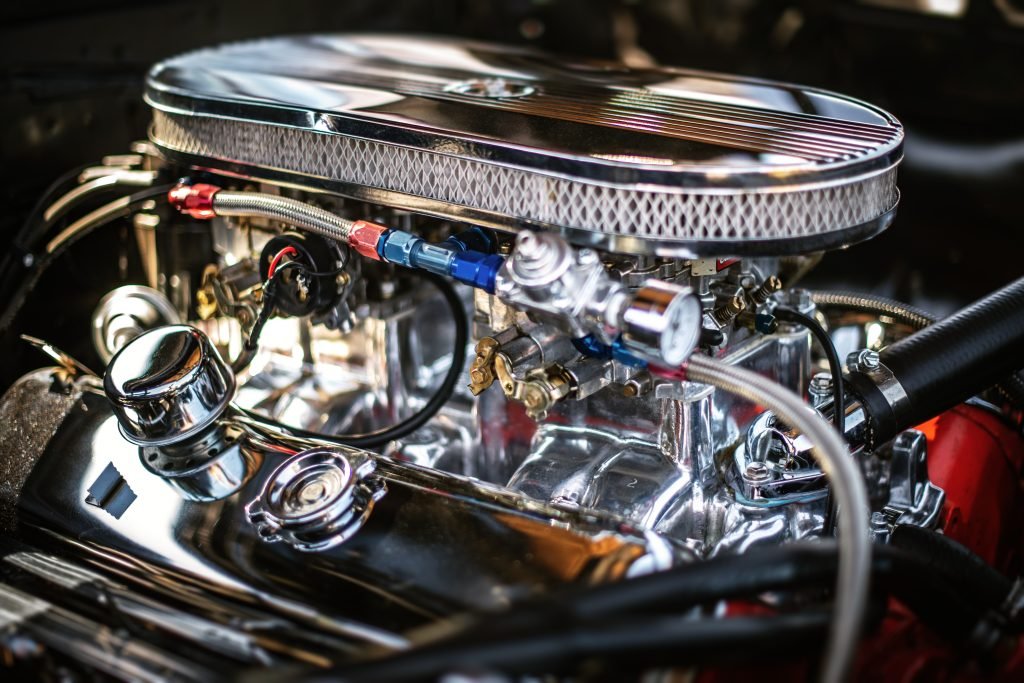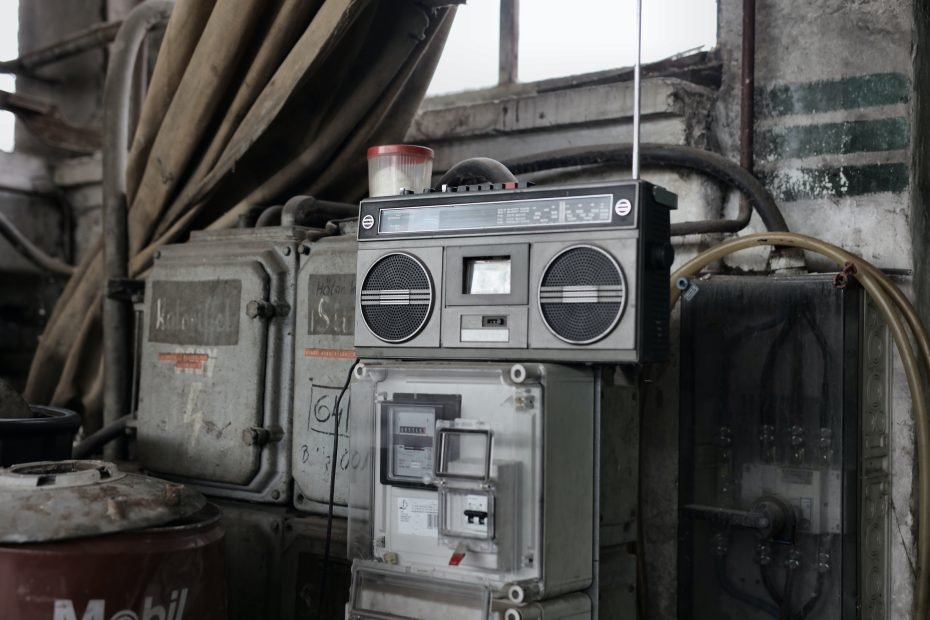Introduction.
Power generation has come a long way since its inception. Evolving from primitive methods to cutting-edge technologies that drive our modern world. Understanding this journey allows us to appreciate the vital role of power generators in shaping today’s society.
Power Generators are the lifeblood of our modern presence. They provide the electricity that powers our homes, businesses and industries, making them vital to our daily lives.
Here let’s explores into the historical perspective of power generation. Tracing its roots from ancient methods to the emergence of modern power generators. We’ll explore the transition from mechanical power to electrical power. The supremacy of fossil fuels and the exciting shift towards sustainable energy sources. Furthermore, we’ll see the latest advancements, environmental impacts, challenges and the promising future of power generators.
Power Generators-Historical Perspective.
Our journey begins with the ingenious methods of ancient civilizations where water wheels, intricate mechanical systems and the harnessing of wind energy those were the precursors to our modern power generators.
The 18th-century, the Industrial Revolution escorted in a new era with steam power at its core. James Watt’s revolutionary steam engine laid the foundation for the widespread use of steam-powered generators those powering the engines of industry and commerce.
Transition to Electrical Power.
The 19th century marked a pivotal moment with Michael Faraday’s innovative work on electromagnetism which laid the foundation for the birth of electric generators. That forever changing how we produce and distribute power.
Edison’s dynamo systems and the debate between alternating current (AC) and direct current (DC) systems showcased that the early innovations in electrical power generation, setting the stage for upcoming advancements.
Emergence of Modern Power Generators.
The beginning of steam and gas turbines revolutionized power generation where the steam turbines offered greater efficiency and applications meanwhile gas turbines indicated a new era with their versatility.
Harnessing the kinetic energy of flowing water, hydroelectric power plants emerged as a clean and sustainable energy source henceforth mega dams played a significant role in meeting energy demands.
Fueling the Future: Fossil Fuels.
Coal-fired power plants once became the dominant source of energy, it also roleplayed as the backbone of industrialization. However, they also raised concerns about environmental impact and sustainability.
The discovery of oil and natural gas brought about gas turbine power plants. While they offered advantages, they also presented challenges related to carbon emissions and environmental consequences.
Transition to Sustainable Energy Sources.
The 21st century witnessed a renewable energy revolution such as solar power that harnessing energy through photovoltaic cells and the wind power which generated by towering wind turbines, marked the shift towards sustainable energy.
Biomass power generation and the attaching of earth’s geothermal heat sources epitomize innovative approaches to sustainable energy production by reducing reliance on fossil fuels.

Modern Advancements in Power Generators.
The advent of smart grids and advanced metering systems has revolutionized the way we manage and distribute electricity in real-time monitoring and control optimize power generation and consumption.
Battery technology and pumped hydro storage offer solutions to store excess energy which ensuring a consistent power supply and paving the way for renewable energy integration.
Environmental Impacts and Sustainability.
Greenhouse gas emissions from traditional power generation methods have contributed to climate change. Moderation strategies are vital to addressing these concerns.
Carbon capture and storage (CCS) technologies, along with transitioning to green energy sources are key initiatives to reduce the environmental impact of power generation.
Challenges and Innovations.
Addressing blackouts and outages remains a weighty challenge. The development of microgrids and distributed energy resources offers solutions for enhanced grid reliability.
High-efficiency generators and the integration of artificial intelligence are driving innovations in power generation and increasing efficiency also by reducing environmental impacts.
The Future of Power Generators.
The future promises decentralization of power generation with localized energy production becoming more prevalent. Electrification of transportation is also on the horizon it further increasing energy demands.
International agreements and goals are making sustainable energy a global priority. Investment in renewable energy sources is expected to accelerate the transition towards a greener future.
Conclusion.
As we reflect on the historical journey of power generation, we also recognize the profound impact it has had on our lives and the environment from ancient traditions to modern technologies that power generators have shaped our world.
The evolution continues, driven by a commitment to sustainability and innovation. Power generators will play a pivotal role in meeting our energy needs while minimizing our environmental footprint to ensure a brighter and more sustainable future.
it’s imperative that we embrace and support sustainable practices and innovations in power generation. Our choices today will define the energy landscape of tomorrow.

